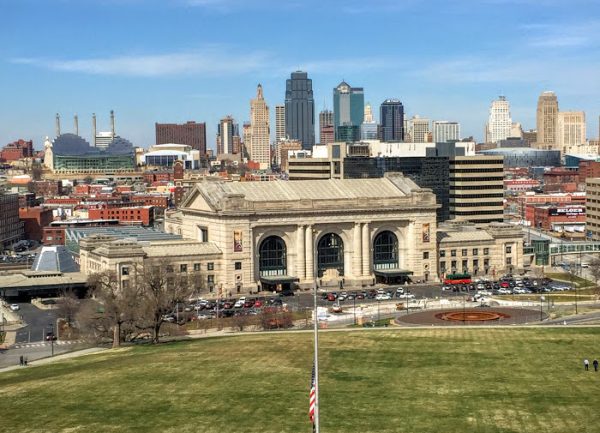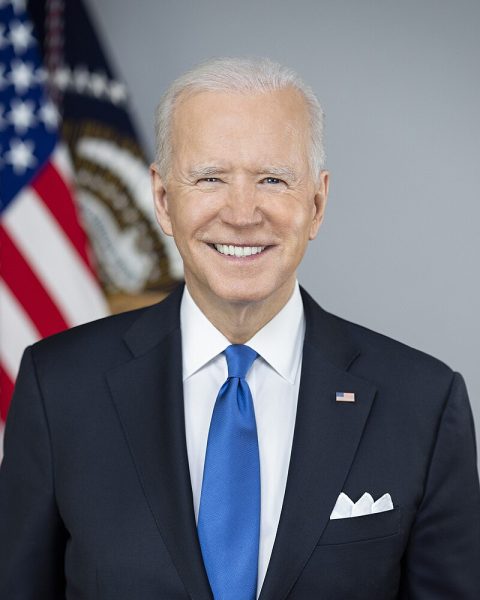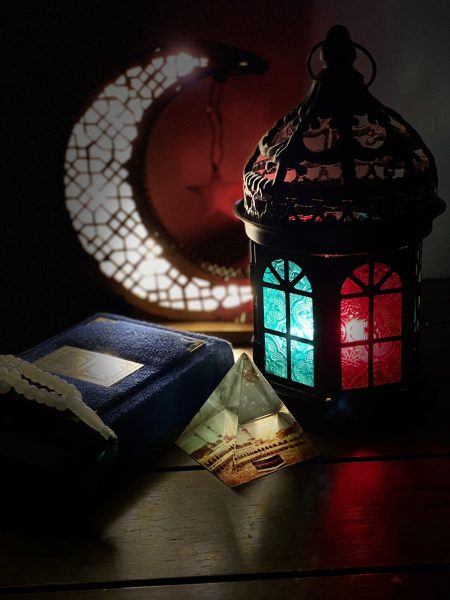What will the new COVID-19 vaccine mean? Perspectives from a public health coordinator
Eight months since the novel coronavirus was declared a global pandemic, an announcement has been made that indicates an end might be somewhat in sight.
On Monday, Nov. 9, pharmaceutical company Pfizer announced that their COVID-19 vaccine was found to be over 90% effective in preventing infections in participants. The double-blind study, where neither the researchers nor the participants know who is receiving the vaccine and who is receiving the placebo, is being analyzed by an outside investigative group to prevent biased results, and so far has found a higher vaccine efficacy rate than the flu shot.
“It’s hopeful,” said Michele Malotky, public health coordinator and professor of biology at Guilford College. Malotky, who started Guilford College’s COVID-19 hotline, noted that these are only initial results and we will not know the true “degree of effectiveness” until the study is finished.
Unlike most common vaccines, Pfizer’s is an RNA vaccine. In the most basic of terms, this means that a strand of instruction on how to fight the coronavirus is injected into body cells. As a result, the body’s immune system learns how to respond to the virus if it ever comes into contact, and is thus able to fight it off a lot more effectively.
“It’s like getting a picture of someone who you are looking for,” offered Malotky.
Malotky also said that so far, infected study participants have only come down with milder cases, and “that’s really good.” But she advised against overestimating the power of the vaccine just yet, especially considering that it has not yet been tested on older age groups.
Delivering the vaccine raises a whole new set of questions and concerns, particularly regarding a timeline of events.
According to Pfizer’s news release, 50 million doses could be available by the end of 2020, and since two doses are needed to complete vaccination, this could potentially supply 25 million people. In the context of the entire United States that is not very many.
Malotky said that “there are some challenges” with delivering the vaccine and doesn’t think that people should get their hopes up for the pandemic to be cooling down this year. She found that “the consensus seems to be that first responders, nurses, doctors” and retirement home employees will be vaccinated first, and the vaccine may not even be available to the general public until spring of 2021.
“It’s not something you’re going to get as a Christmas present,” Malotky said.
Still, the report on the vaccine has many hopeful that a return to “normal” life is, albeit slowly, on its way. Several Guilford students have shared their plans should the vaccine become widely available.
Guilford senior Willow Stevenson said that once she is vaccinated, she will “go out dancing” and “not be so stressed about things.”
Sophomore Sophonisba Jarka-Sellers will go to Germany, and sophomore Megan Cessna said she would go to a concert. Junior Ethan Fisher would like to go to the gym.
Sophomore Shirley Florian, on the other hand, said she would get vaccinated but afterward would still wear a mask and take precautions.
Another question many are wondering about is whether the vaccine will be free and/or require insurance. The Coronavirus Aid, Relief and Economic Security (CARES) Act allowed free nationwide COVID-19 testing, but the vaccine has not been addressed since the news release.
This vaccine “affects such a large percentage of the population… (If it were free), that would be wonderful,” said Malotky. Cessna, Stevenson, Fisher, and Jarka-Sellers all agree. “I think it would be cruel not to (be free),” said Jarka-Sellers.
In the meantime, Malotky said, cases will continue to rise as temperatures drop and people spend more time indoors. “The primary place (the virus) is being transferred is in the home.”
According to Malotky, the politics of the pandemic in the United States will play a factor in how well the nation endures the winter. “The political element has become very harmful to the pandemic… people don’t know who to trust… who to listen to.”
To stay safe, Malotky says maintaining “social distancing especially… is a big part of it, not just masks.”
In terms of returning to campus next semester, Malotky is hopeful that we will be back, but she is positive that “it will still be under certain circumstances.”










